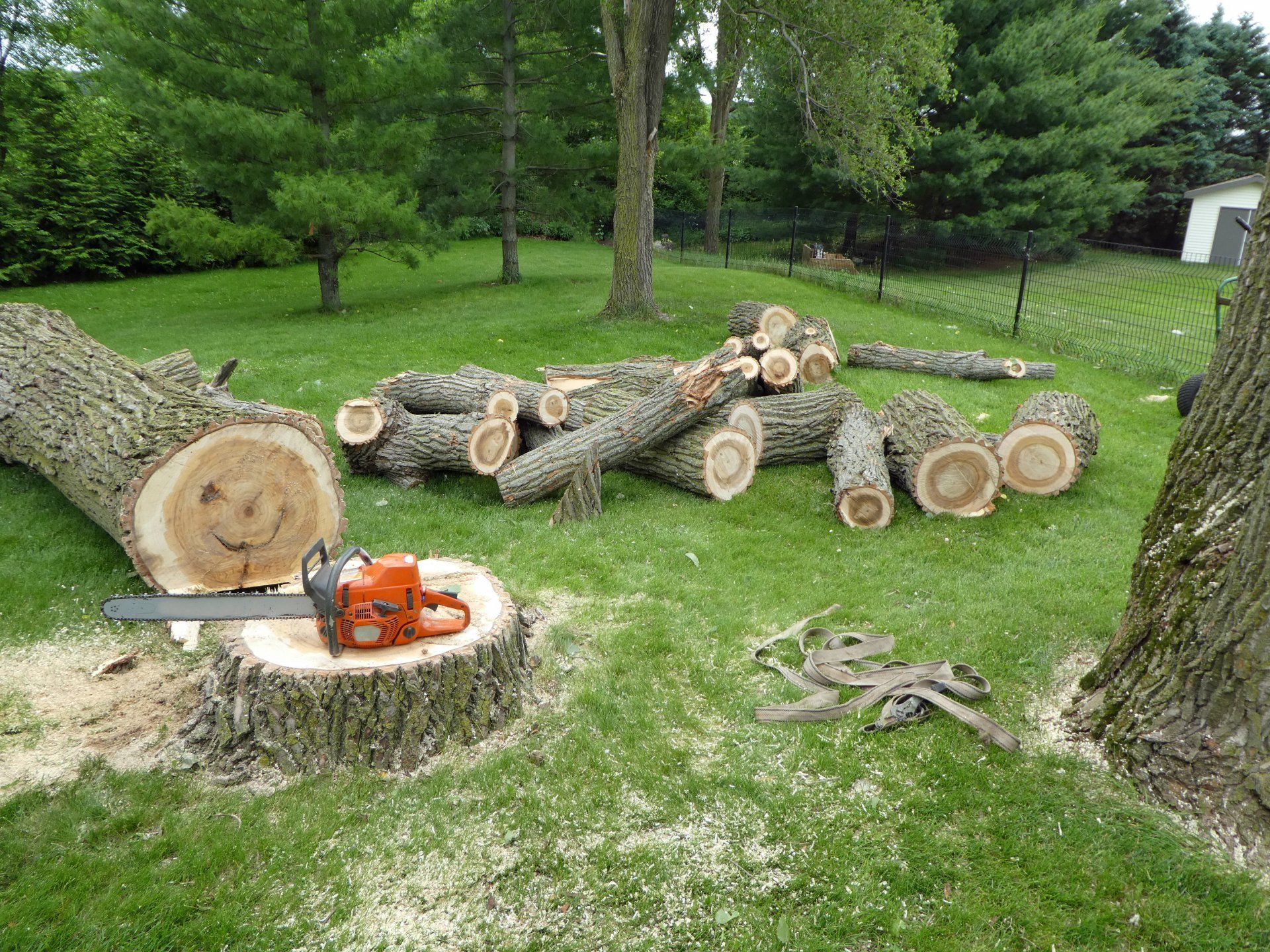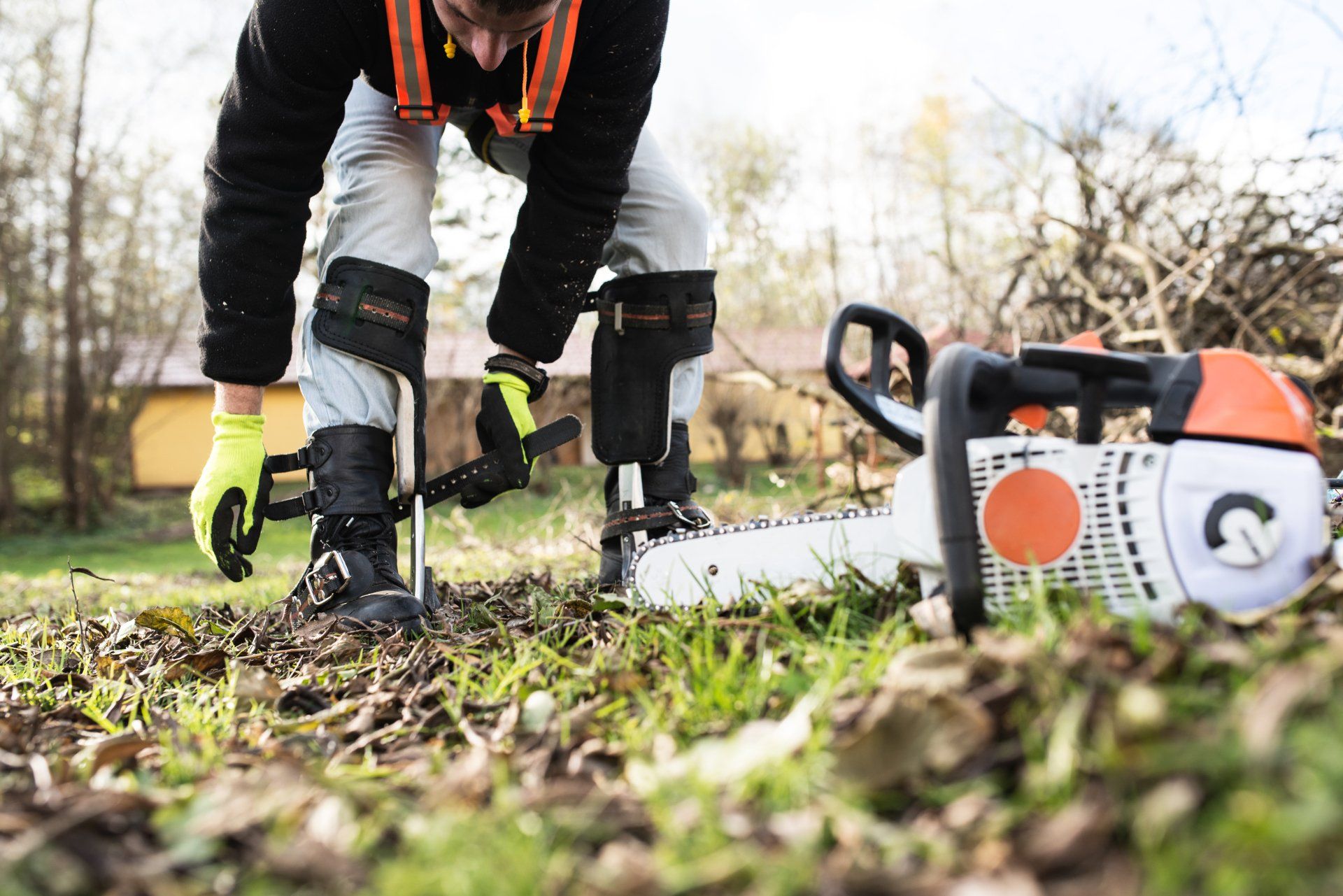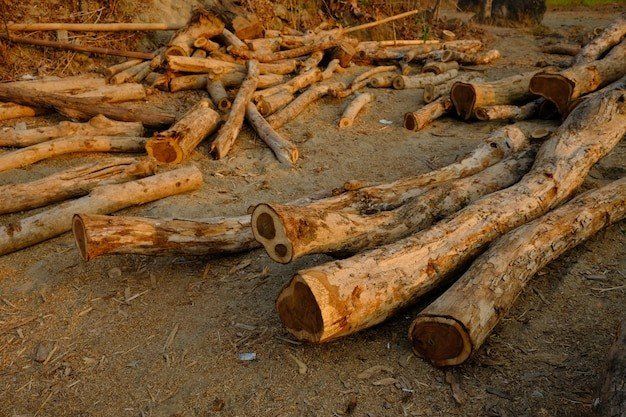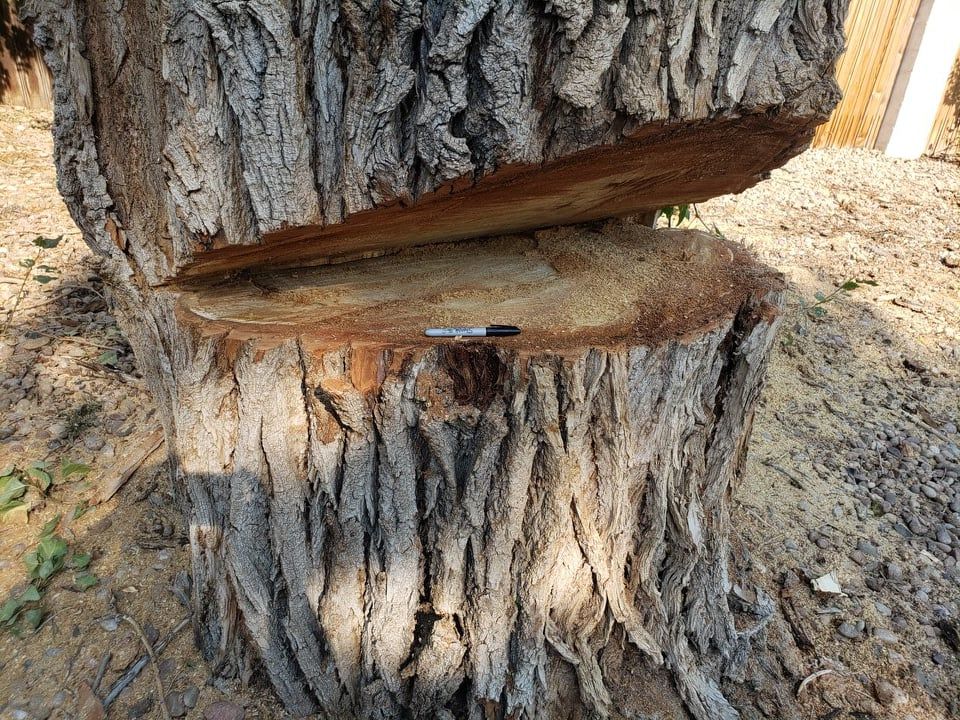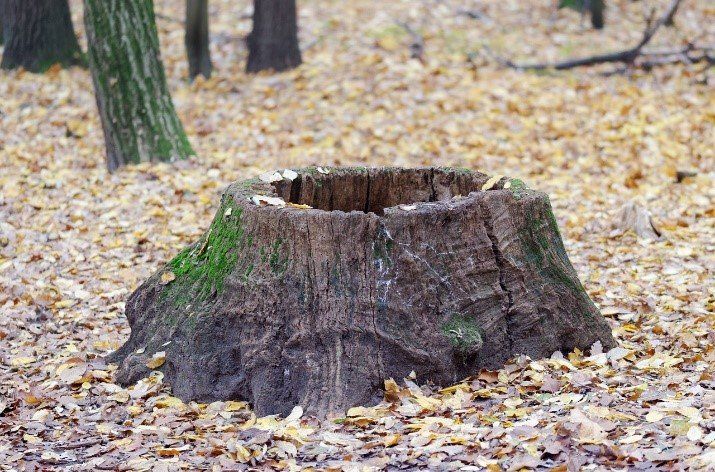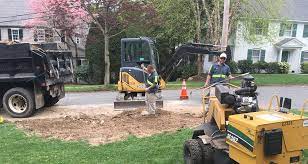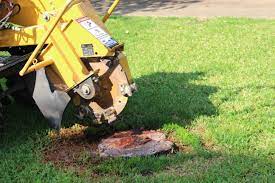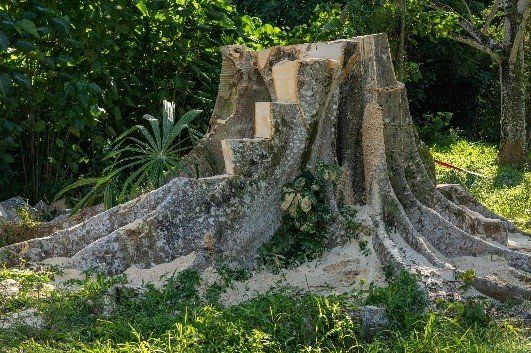What skills do you need to be an arborist?
What skills do you need to be an arborist?
Being an arborist is much more than climbing trees. It’s about caring for trees and helping them grow in the right direction to ensure their long-term health. Arborists must have a range of skills to carry out their work safely and effectively, from identifying the various characteristics of trees to climbing them and removing hazardous branches with precision. As well as being able to identify the different types of tree by sight, an arborist needs strong communication skills so they can explain best practices to other professionals and non-experts. They also need a background in biology, chemistry, physics and stats. It’s a highly skilled job that takes years to master, but there are entry-level positions available for those who want to enter the field. Here’s what you need to become an arborist:
A background in biology and chemistry
A degree in forestry or agriculture can provide the necessary foundation for a career in arboriculture. A background in these sciences will help you understand the biology of trees and how they grow so you can better care for them. Chemistry is important for knowing things like the impact fertilizers can have on soil and water quality, which can affect a tree’s health. Strong communication skills are also important for arborists because they need to be able to communicate with a range of people to understand and fulfill their needs. This includes speaking with clients about their needs, communicating with crew members about best practices and explaining findings to regulatory officials.
Math skills
Arborists must have strong math skills since they are often calculating the size and extent of trees and their branches. In the field, you may need to determine the size of a tree’s crown, which is the amount of foliage on its branches. This can be done by measuring the distance from the trunk to the main branches of the tree. You can also calculate the crown’s volume by measuring the diameter of the largest branches and multiplying that by the number of branches. Arborists also need to be able to use statistics to interpret data about the trees they examine. This includes things like growth rates and health indicators, such as the presence of pests or diseases.
High-end motor skills
In order to climb and prune trees, arborists need to have high-end motor skills, or tasks that require a high level of skill and coordination. Strong core strength is important because arborists need to lift heavy tools and equipment and use them with precision. This requires the use of muscles in the upper and lower abdomen, or core, to stabilize and support the spine. Having strong upper-body strength is also important because arborists use their arms to haul themselves up trees and use ropes to descend. They also need upper-body strength to properly use and maintain tools such as chainsaws and hoists.
Strong upper-body strength
Strong upper-body strength is important because arborists use their arms to haul themselves up trees and use ropes to descend. They also need upper-body strength to properly use and maintain tools such as chainsaws and hoists. Strong leg strength is important because arborists spend a lot of time walking and climbing stairs. This is especially important when you take into account that many arborists work an on-call schedule, meaning they may spend long hours on their feet.
Continual learning and research
Arborists need to be lifelong learners who are eager to learn new skills and techniques. This is important because new pests and diseases are discovered, and tree species evolve, making them change the way they grow and behave. Arborists must also keep up with new methods and best practices to ensure they’re caring for trees correctly. If possible, arborists should take courses in biology, botany, forestry and statistics to prepare for their career. They also should consider volunteering with a forestry organization, like a park service or forestry association, so they can learn from experts in the field.
Conclusion
Arborists are skilled outdoor workers who care for trees and accomplish a wide variety of tasks related to them. For example, they might identify trees and forecast their growth, remove hazardous limbs, forecast insect and disease activity, or plant new trees. Candidates for arborist jobs must have a wide range of skills, including biology, math, chemistry, and high-end motor skills. They also must be lifelong learners who are eager to research new techniques and methods.
